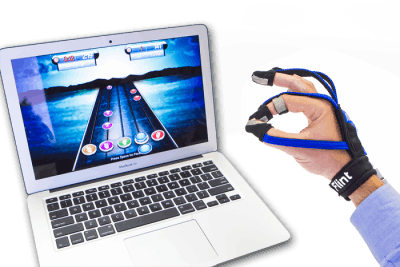
Leg Swelling After Spinal Cord Injury: Why It Happens & How to Effectively Treat It
Following a spinal cord injury, leg swelling is a common complication that can impact daily life and overall function. This swelling, known as ‘edema,’ is caused by

Following a spinal cord injury, leg swelling is a common complication that can impact daily life and overall function. This swelling, known as ‘edema,’ is caused by

Although muscle spasms after spinal cord injury may be uncomfortable or painful, they can often be a sign of recovery, especially in individuals who initially experienced

Spinal cord injury paralysis, or loss of muscle function, occurs when the brain and spinal cord cannot communicate with the affected muscles in the body.

After a spinal cord injury, survivors may experience changes in sensation such as numbness and/or tingling below the level of injury. While this can raise

The spinal cord serves as the communication pathway between the brain and the rest of the body. After an injury, the transmission of messages may

When the spinal cord sustains an injury, it can lead to motor and sensory effects such as spasticity (muscle tightness), numbness, or breathing difficulties, just

Survivors may experience a variety of cognitive effects after sustaining a spinal cord injury (SCI), including fatigue and impaired memory. However, this begs the question,

Involuntary body functions like heart rate are regulated by the autonomic nervous system. When a spinal cord injury damages the nervous system, it can cause

Quadriplegia, also known as tetraplegia, describes paralysis of all four limbs. Generally, the trunk is also affected; however, paralysis is typically more severe in the

Spinal shock describes the temporary loss of all reflexes, sensation, and motor control below one’s level of spinal cord injury. Often, it isn’t until spinal


Take the first step towards recovery.